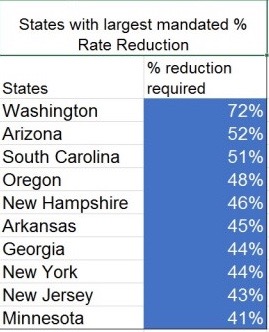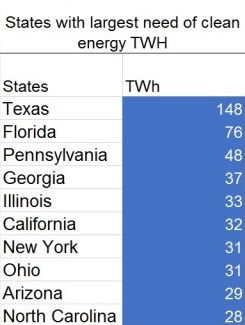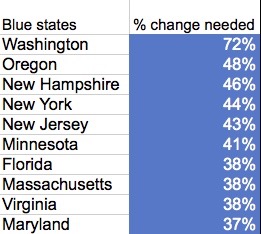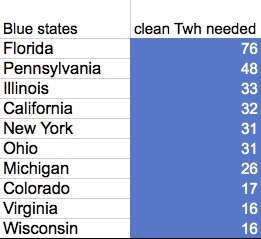Industry
The Environmental Protection Agency's Groundbreaking Power Plant Regulation
By Gabe Goffman
| Reading time 3 minutes
On June 2nd 2014, the EPA revealed a game-changing regulatory proposal that aims to reduce greenhouse gas emissions from existing power plants by 30%, from a 2005 baseline.
In 2007, the Supreme Court ruled that the EPA has a legislative mandate to regulate greenhouse gas (GHG) emissions through the Clean Air Act. President Obama ordered the Environmental Protection Agency to begin regulation of carbon emissions, which led to new standards for vehicles, and strict regulation on new power plants.
Under the proposed rules, each state has been given a GHG reduction goal and must either develop its own plan or coordinate with other states.
Means of compliance include:
-
updating existing power plants to reduce their emissions,
-
increasing renewable generation,
-
Instituting Demand Response Programs
-
and investing in energy efficiency programs to reduce consumption, and, by extension, GHG emissions.
Among possible maneuvers, a state or group of states can set a collective goal and establish a carbon market in order to reduce their costs more efficiently. States that already participate in carbon markets, such as New England’s Regional Greenhouse Gas Initiative, can meet the prescribed goals through regional action that allow some states to exceed their specific individual goals as long as all states meet a combined reduction target sanctioned by the EPA.
Another option available is for one state to pay another to reduce its emissions, and receive EPA credit for the reductions. For example, Alabama could pay Wyoming to reduce emissions more than Wyoming’s set goal, if it’s cheaper for Alabama than making the reductions in-state. Alabama would then receive credit from the EPA because collectively both states will have satisfied the reduction requirements. EPA has also proposed the option to convert rate-based goals “lbs CO2/MWh” to a mass-based goal, such as “annual emissions in pounds.”
Many states already have Renewable Portfolio Standards and emissions reduction goals. For them, meeting EPA’s 2030 goals may require only small adjustments to current policies. Other states depend heavily on old coal plants, and will need to make sizeable adjustments.
The EPA has published state-based power plant emissions rates and emission rate goals, requiring certain states to reduce their rates more than others. Here are the top ten states, ranked by percent of emission they must reduce:

EPA gave different targets for different states based on ease of reducing emissions. Washington State already planed to phase out a large coal power plant and thus it can more easily and cost effectively reduce its emissions more so than other states that generate the vast majority of electricity from coal and also export electricity. Another perspective is to find the amount of clean terawatt hours (TWh) that each state will need by 2030 under the new regulations. This number is based on states’ energy production in 2012, multiplied the percentage of reduction needed. Due to the flexibility of the new EPA requirements, carbon emissions can be reduced through clean generation (such as solar), demand response, and increased efficiency in generation or energy conservation. The top ten states with the highest absolute requirements are:

Due to the politicized nature of the global warming issue, many “red” states with Republican governors are likely to oppose this regulation by challenging it in court. They will be slower than liberal-leaning states to develop regional and state-based plans. Just as many “red” states refused to set up their own insurance market exchanges many red states will not eagerly embrace designing new emission reduction plans. Blue states, however, may view this issue as a way to reduce cost of electricity through investments in renewables and efficiency.
The top ten democratic-leaning states with the biggest percentage reduction required are:

The leaning blue states with the highest level of TWh needed replaced are:

California already leads the nation in solar capacity, and continues to expand their renewables program. States such as Illinois, New York, Pennsylvania and Florida, which face significant requirements, may use this regulation to jump-start their solar and renewable energy sectors.
Also in Industry
Department of Energy SunShot 1st Hackathon
By Eric Danziger | May 23, 2014
Former CPUC Member Thoughts on Net Energy Metering Programs
By Eric Danziger | Jan 23, 2014
Obama's Memorandum on Energy Management
By Eric Danziger | Dec 9, 2013
DOE Releases SunShot 9 Funding Opportunity
By Eric Danziger | Nov 20, 2013

